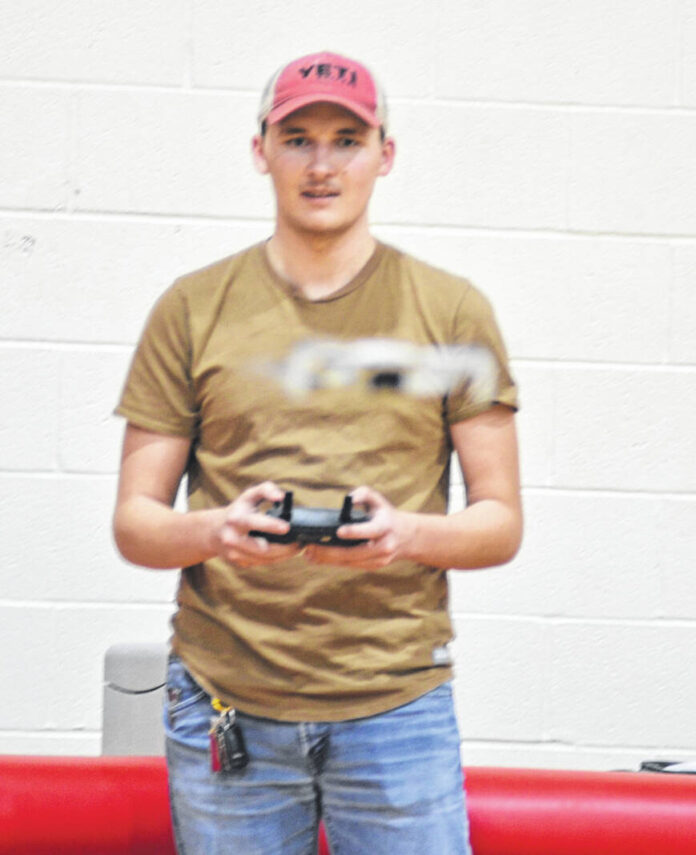LIMA — The combines gather detailed reports at harvest, outlining a field’s variations so farmers know where to plant next season.
The drones overhead generate aerial imagery of the land. And the seeds planted in the field are bred to resist disease and pests, improving the eventual crop’s chances of survival.
This generation of farmers has embraced robotics, prescription seeding and other technologies that allow them to pinpoint exactly which parts of their field need soil treatments, and which parts are best left alone.
The next generation is preparing for even more changes in the field as artificial intelligence improves.
Cue Rhodes State College, which introduced an associate degree in agricultural technology so future farmers are comfortable using these emerging technologies, helping northwest Ohio farm families keep the farm in the family for another generation.
“We believe that in order to produce the food that we need for our increasing population, we need the talent of individuals, both from the farm family and those that are generations removed who understand the analytics and are interested in becoming an expert in that area,” said Jim Uphaus, department chair and assistant professor of agriculture for Rhodes State College.
The college introduced the agricultural technology program in 2020, as employers and northwest Ohio farmers communicated their desire to see more graduates who could put emerging technologies to work.
There, students can choose between an emphasis in prescription mapping, in which students learn how to collect data and map where their field’s best soil is located, or an emphasis in robotics and artificial intelligence.
“(Students) were learning enough on the (family) farm to where they could move into the farm,” Uphaus said, “but then they were looking for some training that would afford them a career opportunity that they could still be part of the family farm.”
The program isn’t just for students raised on the farm either.
Coders are needed to compute massive datasets; a single field image can contain hundreds of thousands of data points, Uphaus said. Those skills are useful to northwest Ohio farmers and the agriculture industry at large, he said, especially for an industry that will soon need to replace a retiring workforce.
Most robotic technologies used in agriculture today still require manual labor, Uphaus said. But artificial intelligence is under development, and could quickly change the agricultural industry.
“We’re showing students what’s coming,” Uphaus said.
CELEBRATING OUR SPIRIT
Plenty of foods, items and ideas are created right here in the Lima region. Celebrating Our Spirit looks at those organizations that make the area such a vibrant place to live, work and play.
Read more stories at LimaOhio.com/tag/spirit.
Reach Mackenzi Klemann at 567-242-0456.







